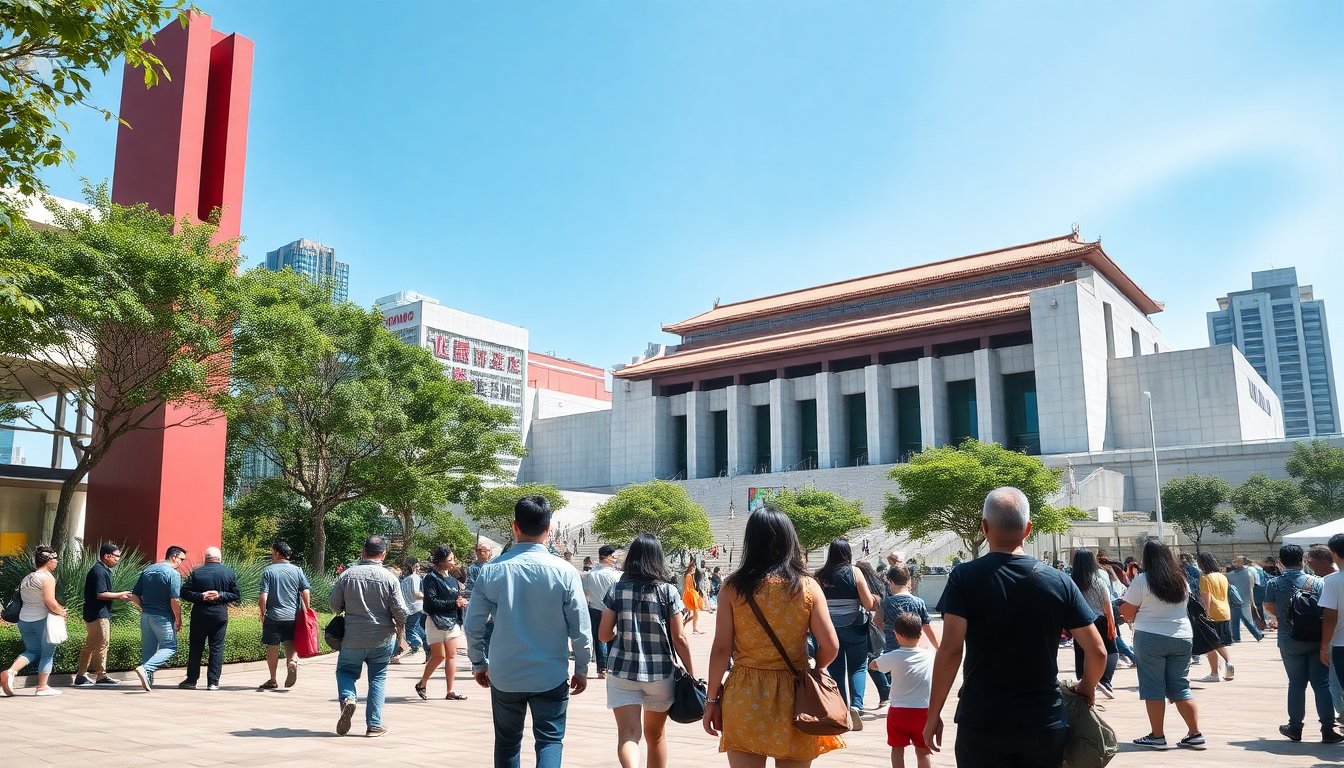Table of Contents
The vibrant cultural scene in Hong Kong hosts many esteemed institutions, including the West Kowloon Cultural District, home to the newly established Hong Kong Palace Museum. As the city grapples with financial challenges, a pressing question arises: how can these cultural venues secure the funding necessary for their survival? Following the recent centenary celebration of the renowned Palace Museum in Beijing, it is crucial to explore potential pathways for enhancing funding in Hong Kong’s cultural sector.
With the appointment of Bernard Chan as chairman of the management body overseeing Hong Kong’s premier arts hub, a clear mandate has emerged. Chan articulates a vision for achieving long-term financial stability through innovative revenue generation and commercialization strategies. He stated, “We will implement robust revenue generation and commercialisation measures to provide a more solid foundation for achieving long-term financial sustainability, thereby advancing Hong Kong’s cultural and creative industries ecosystem and fostering cultural and creative tourism.”
Emphasizing self-financing approaches
At a recent conference on culture, sports, and tourism organized by the South China Morning Post, the importance of self-financing emerged as a key topic. Both Chan and Rosanna Law Shuk-pui, the culture minister, participated in this discussion, underscoring the urgent need for cultural venues to seek independent funding sources. Law’s remarks regarding the establishment of a world-class music venue in Hong Kong highlighted the government’s commitment to supporting these initiatives, provided that funding could be secured. “If you get the money, I will support you,” she emphasized, highlighting the collaborative effort required to advance the cultural landscape.
Potential revenue streams
To enhance the financial health of cultural institutions, various strategies can be implemented. One approach is the diversification of revenue streams. This can involve not only ticket sales but also merchandising, sponsorships, and partnerships with private entities. By creating engaging programs and exhibitions that attract both locals and tourists, these venues can boost attendance and generate additional income.
Furthermore, establishing robust membership programs can encourage community support and foster a loyal patron base. Offering exclusive benefits, such as early access to exhibitions and special events, can incentivize individual contributions while nurturing a sense of belonging among members. This sense of community is crucial, as engaged audiences are more likely to support their local cultural institutions.
Leveraging technology and innovation
As the digital landscape evolves, cultural institutions must harness the power of technology to generate funds. This can be achieved through the development of online platforms for virtual events and exhibitions, allowing broader access and attracting global audiences. Virtual experiences can provide a unique opportunity to monetize content, reaching those who may not be able to visit in person.
Additionally, implementing crowdfunding campaigns can empower the community to play an active role in supporting cultural initiatives. By sharing compelling stories and creating engaging marketing materials, institutions can galvanize public interest and attract small donations from a wide array of supporters.
Building strong partnerships
Collaboration is essential for ensuring financial sustainability. Cultural venues can foster partnerships with local businesses, educational institutions, and governmental organizations to create synergistic relationships. Such partnerships can lead to joint events, shared resources, and enhanced visibility, ultimately expanding the reach of cultural activities.
Moreover, aligning with tourism boards can attract visitors to the area, providing a significant boost to both the cultural sector and the local economy. By creating a cohesive strategy that showcases Hong Kong’s rich cultural offerings, institutions can enhance the overall experience for tourists, encouraging longer stays and increased spending.
While funding challenges persist for cultural institutions in Hong Kong, innovative approaches can pave the way for a sustainable future. By diversifying revenue streams, leveraging technology, and building strong partnerships, the West Kowloon Cultural District and its associated museums can chart a course toward financial independence and continued cultural enrichment for the city.


